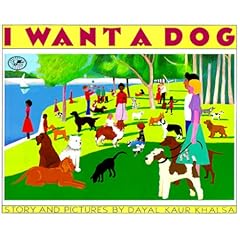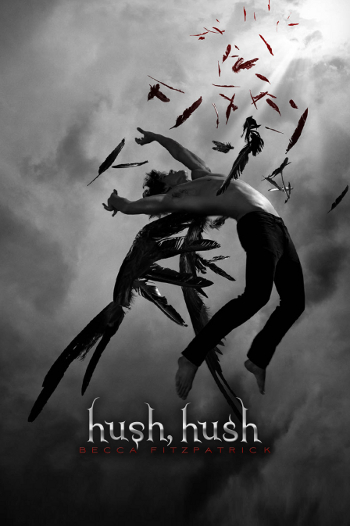 I picked this book off the shelf first because for whatever reason I thought it was going to be about politics- donkeys on the cover and its about a big elephant, I dunno. Anyway, I thought that it would be interesting to see politics from a children's book point of view. This was however, not about politics. In the end though I was okay with this because it ended up being something just as interesting. We have all heard this phrase "the big elephant in the room". It refers to something that is very obvious that nobody mentions, but everybody knows. For example, an elephant in the room would be a bad smell. It is obvious, everyone smells it, but nobody wants to mention it. Or it could be a topic of discussion that everyone knows about, but nobody brings up to talk about like a divorce or something like that. At any rate, it is a common phrase. What this book has done though is make the phrase into something that children can understand, and it does it in a funny way. It starts off with one of the friends asking, "Can we talk about the big elephant in the room?" And the other friend says "The big elephant? As in the BIG problem? I was expecting this! Because I ate all the crunchy-nut ice cream?!" He goes on asking if other things are the proverbial "elephant in the room" and finally the other friend says "No! No! No! I don't care about any of those things...I was just asking about the big elephant in the room!" Then they both look into the living room and an actual elephant is sitting on the sofa, "Oh, that big elephant! That's Stanley."
I picked this book off the shelf first because for whatever reason I thought it was going to be about politics- donkeys on the cover and its about a big elephant, I dunno. Anyway, I thought that it would be interesting to see politics from a children's book point of view. This was however, not about politics. In the end though I was okay with this because it ended up being something just as interesting. We have all heard this phrase "the big elephant in the room". It refers to something that is very obvious that nobody mentions, but everybody knows. For example, an elephant in the room would be a bad smell. It is obvious, everyone smells it, but nobody wants to mention it. Or it could be a topic of discussion that everyone knows about, but nobody brings up to talk about like a divorce or something like that. At any rate, it is a common phrase. What this book has done though is make the phrase into something that children can understand, and it does it in a funny way. It starts off with one of the friends asking, "Can we talk about the big elephant in the room?" And the other friend says "The big elephant? As in the BIG problem? I was expecting this! Because I ate all the crunchy-nut ice cream?!" He goes on asking if other things are the proverbial "elephant in the room" and finally the other friend says "No! No! No! I don't care about any of those things...I was just asking about the big elephant in the room!" Then they both look into the living room and an actual elephant is sitting on the sofa, "Oh, that big elephant! That's Stanley." It was a very amusing ending to the story, but the more I think about it the more I wonder if it would be confusing. Maybe it would only be a good, funny ending if you already understood what the phrase meant, because the joke comes in that he wasn't being metaphorical when he asked about the elephant, he was being literal. That could also be a little confusing for younger students who didn't understand the phrase to begin with. On the other hand though, this could be a good introduction to phrases and being metaphorical versus being literal in general and in writing. Another good mini-lesson idea!
Ages 4 to 8 sayith the library and I say yay!













